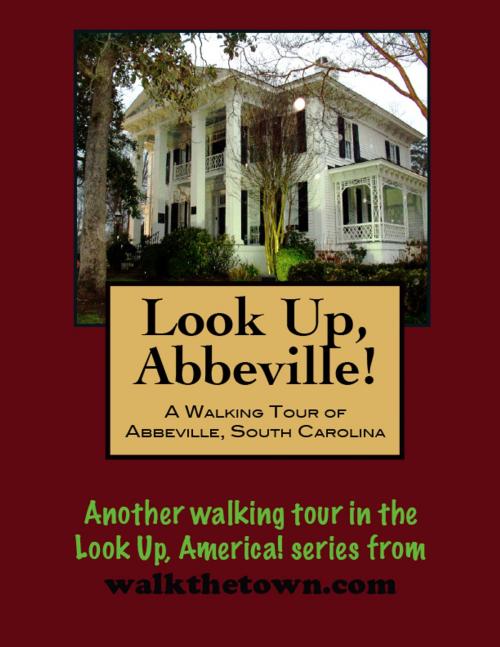| Author: | Doug Gelbert | ISBN: | 9781458118295 |
| Publisher: | Doug Gelbert | Publication: | March 5, 2011 |
| Imprint: | Smashwords Edition | Language: | English |
| Author: | Doug Gelbert |
| ISBN: | 9781458118295 |
| Publisher: | Doug Gelbert |
| Publication: | March 5, 2011 |
| Imprint: | Smashwords Edition |
| Language: | English |
There is no better way to see America than on foot. And there is no better way to appreciate what you are looking at than with a walking tour. This walking tour of Abbeville, South Carolina is ready to explore when you are. Each walking tour describes historical, architectural landmarks, cultural sites and ecclesiastic touchstones and provides step-by-step directions.
Every tour also includes a quick primer on identifying architectural styles seen on American streets.
French Huguenots settled the region in the early 1700s and brought the name Abbeville with them from a small town in the home country about 20 miles from the Atlantic coastline. The county was formed in 1758 and stretches from the Savannah River to the Saluda River across the upstate; its namesake town has been county seat since it was formed in the late 18th century.
Abbeville is often referred to as the “birthplace and the deathbed of the Confederacy.” The first meeting to discuss a possible secession from the United States of America was held here on November 22, 1860. Scheduled for Court Square, the meeting was moved to a nearby hillside, known since as Secession Hill, as the crowd grew to thousands. Five years later, on the night of May 2, 1865 Confederate President Jefferson Davis arrived in Abbeville at about 10 a.m., six days after General Robert E. Lee had urged the evaluation of the disbanding capital of Richmond and General Joseph E. Johnston had surrendered to Union General William Tecumseh Sherman at Greensboro, N.C. While in town he would meet with Confederate Secretary of War Generals John C. Breckinridge, Braxton Bragg and five brigade generals at the Burt home. Captured eight days later, it would be the last ever war council held by the leaders of the Southern Rebellion.
Downtown Abbeville, little touched by incursions of manufacturing and commercial growth, has always centered around its Court Square and that is where we begin our exploration, with a trio of monuments...
There is no better way to see America than on foot. And there is no better way to appreciate what you are looking at than with a walking tour. This walking tour of Abbeville, South Carolina is ready to explore when you are. Each walking tour describes historical, architectural landmarks, cultural sites and ecclesiastic touchstones and provides step-by-step directions.
Every tour also includes a quick primer on identifying architectural styles seen on American streets.
French Huguenots settled the region in the early 1700s and brought the name Abbeville with them from a small town in the home country about 20 miles from the Atlantic coastline. The county was formed in 1758 and stretches from the Savannah River to the Saluda River across the upstate; its namesake town has been county seat since it was formed in the late 18th century.
Abbeville is often referred to as the “birthplace and the deathbed of the Confederacy.” The first meeting to discuss a possible secession from the United States of America was held here on November 22, 1860. Scheduled for Court Square, the meeting was moved to a nearby hillside, known since as Secession Hill, as the crowd grew to thousands. Five years later, on the night of May 2, 1865 Confederate President Jefferson Davis arrived in Abbeville at about 10 a.m., six days after General Robert E. Lee had urged the evaluation of the disbanding capital of Richmond and General Joseph E. Johnston had surrendered to Union General William Tecumseh Sherman at Greensboro, N.C. While in town he would meet with Confederate Secretary of War Generals John C. Breckinridge, Braxton Bragg and five brigade generals at the Burt home. Captured eight days later, it would be the last ever war council held by the leaders of the Southern Rebellion.
Downtown Abbeville, little touched by incursions of manufacturing and commercial growth, has always centered around its Court Square and that is where we begin our exploration, with a trio of monuments...















